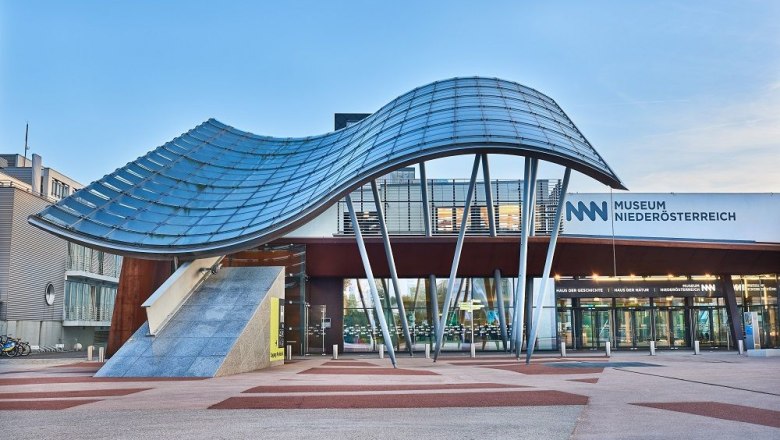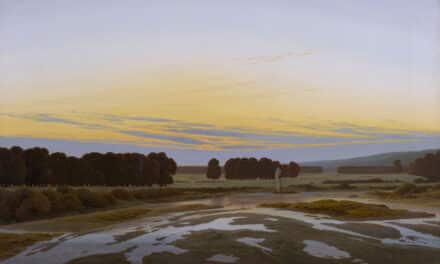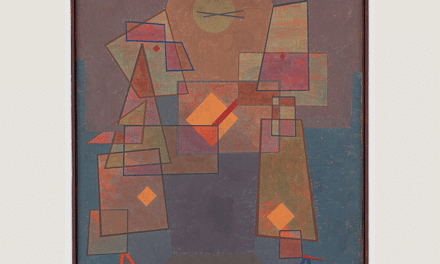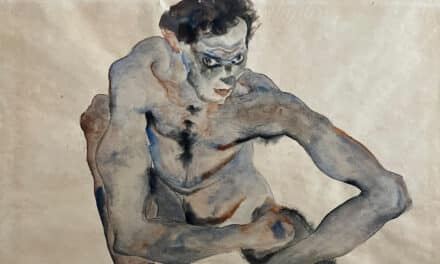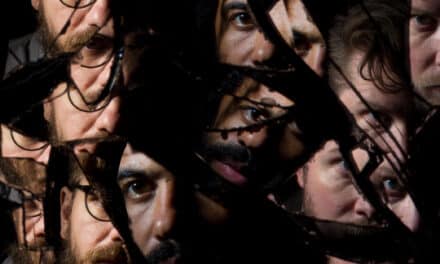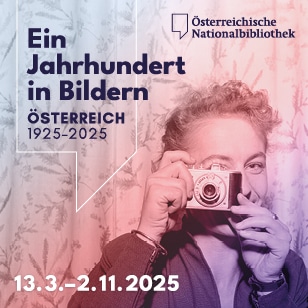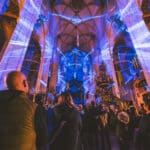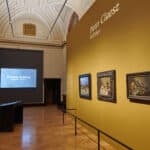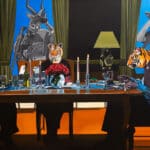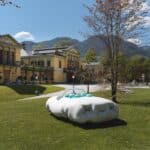What do a baby doll, a wooden box, opera glasses and a child's drawing have in common? At first glance, nothing. At second glance, they all tell of war, flight and displacement. The objects were taken by people in critical situations or had to be left behind. This has given them a special meaning.
The doll was brought by a 15-year-old girl from Czechoslovakia to Vienna in 1968, where she fled with her parents after the suppression of the Prague Spring. The wooden box was made by refugees from Ukraine in Gmünd in 1916 as a gesture of gratitude. The opera glasses accompanied their owner to Argentina when she and her family were expelled from Austria after the Anschluss in 1938. And the drawing was made in 2015 by a child in the refugee accommodation in the Wirtschaftshof in St. Pölten.
Based on the research project "Mobile Things, People and Ideas. A Moving History of Lower Austria", led by the Institute of Jewish History Austria (Injoest), the special exhibition "On the Run" brings stories of refugees to the museum using 25 objects. The exhibition focuses on objects that tell of the circumstances under which they were taken or left behind.

NÖ Museum Betriebs GmbH, Andrea Thuile "The wooden box, made in Gmünd by refugees from Ukraine in 1916 as a gesture of gratitude"; Photo: © Stadtgemeinde Gmünd, Harald Winkler
It is specifically about objects that not only preserve memories, but also identities that signify belonging and bear witness to disruption. Objects that have been reconstructed from the memory of a displacement or that have been destroyed in the course of warlike events are also taken into account. The focus is on the 20th and 21st centuries, but movements of refugees from older eras are also included.
March 2, 2024 to February 2, 2025

